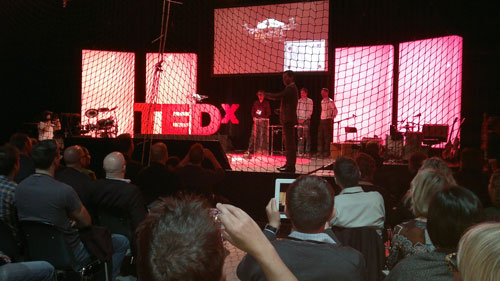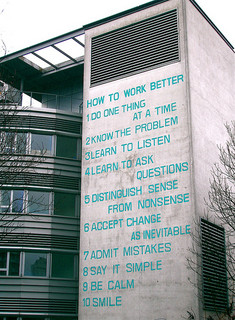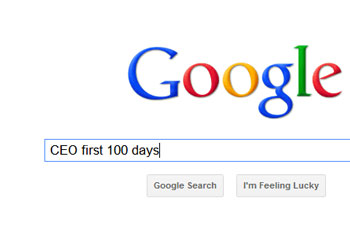
Robotics thought leader Jose del Millan from the Ecole Polytechnique Fédérale de Lausanne; Photo: Alain Herzog / EPFL
At the recent TEDx conference in Zurich, another thought leader in robotics, Jose del Millan from the Ecole Polytechnique Fédérale de Lausanne, introduced the audience to a different type of robot from Davide Scaramuzza’s flying machine.
Dr Millan’s robot is controlled only by the mind, as he demonstrated with a fellow researcher on stage in Zurich. With wires and electrodes taped to his head, the researcher voluntarily modulated his brain signals to think about a particular direction, and the ”brain robot” moved that way — hundreds of miles from Zurich in Lausanne, Switzerland.
Transferring thoughts remotely into brain machines may sound like a scene from a Brave New World, but the futuristic technology has arrived and is waiting to be commercialized.
In the meantime, how effective are you at projecting your thoughts and ideas remotely to employees who live and work far away from the ”mother ship”? Have you mastered the art of long-distance communication? Ask, assess, then act. We’re here to help!
Related Post: Those Magnificent Men and Their Flying Machines – Part 1










